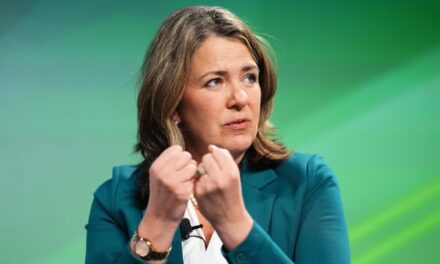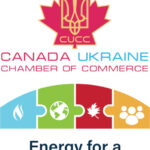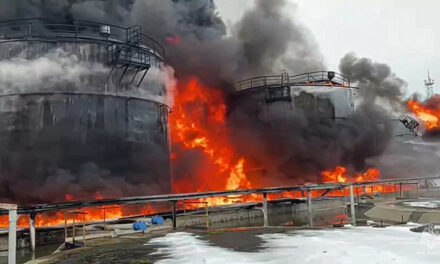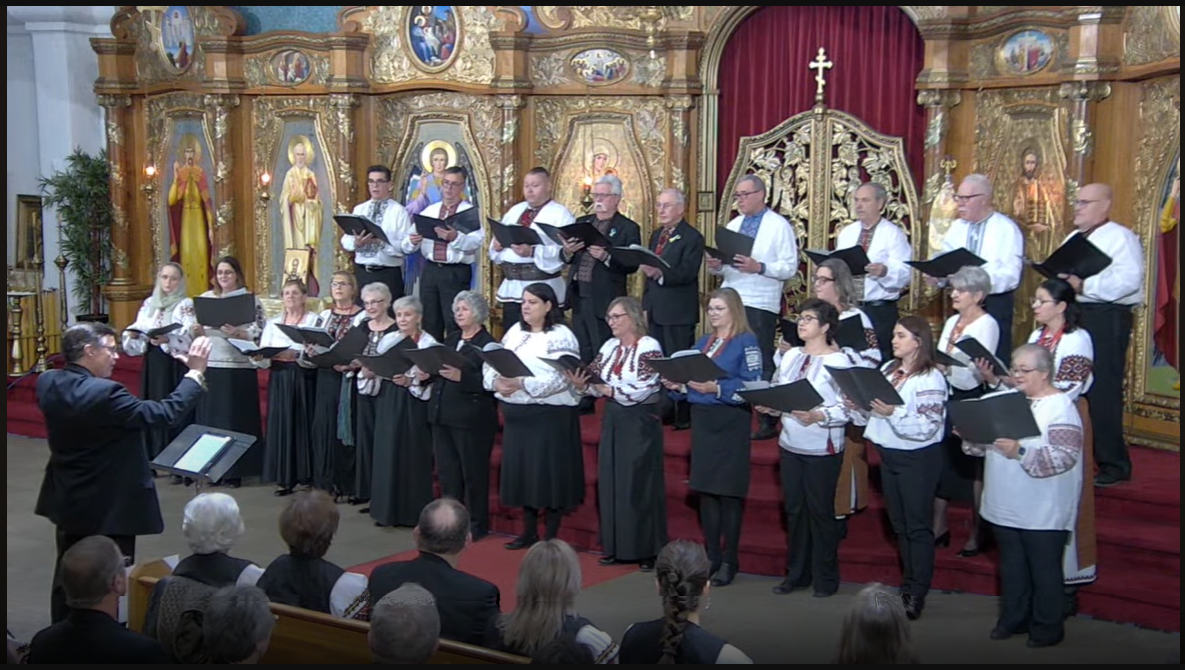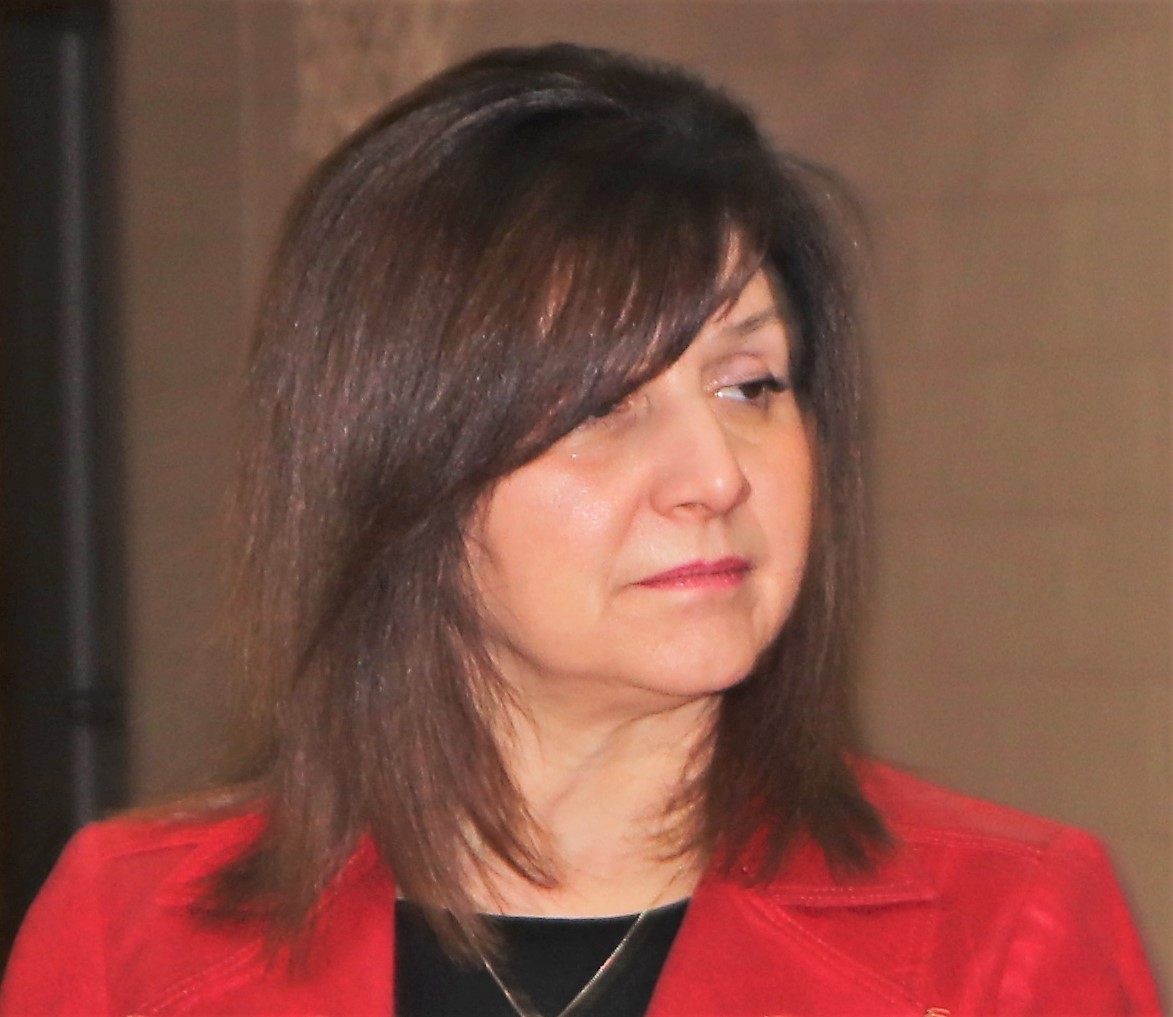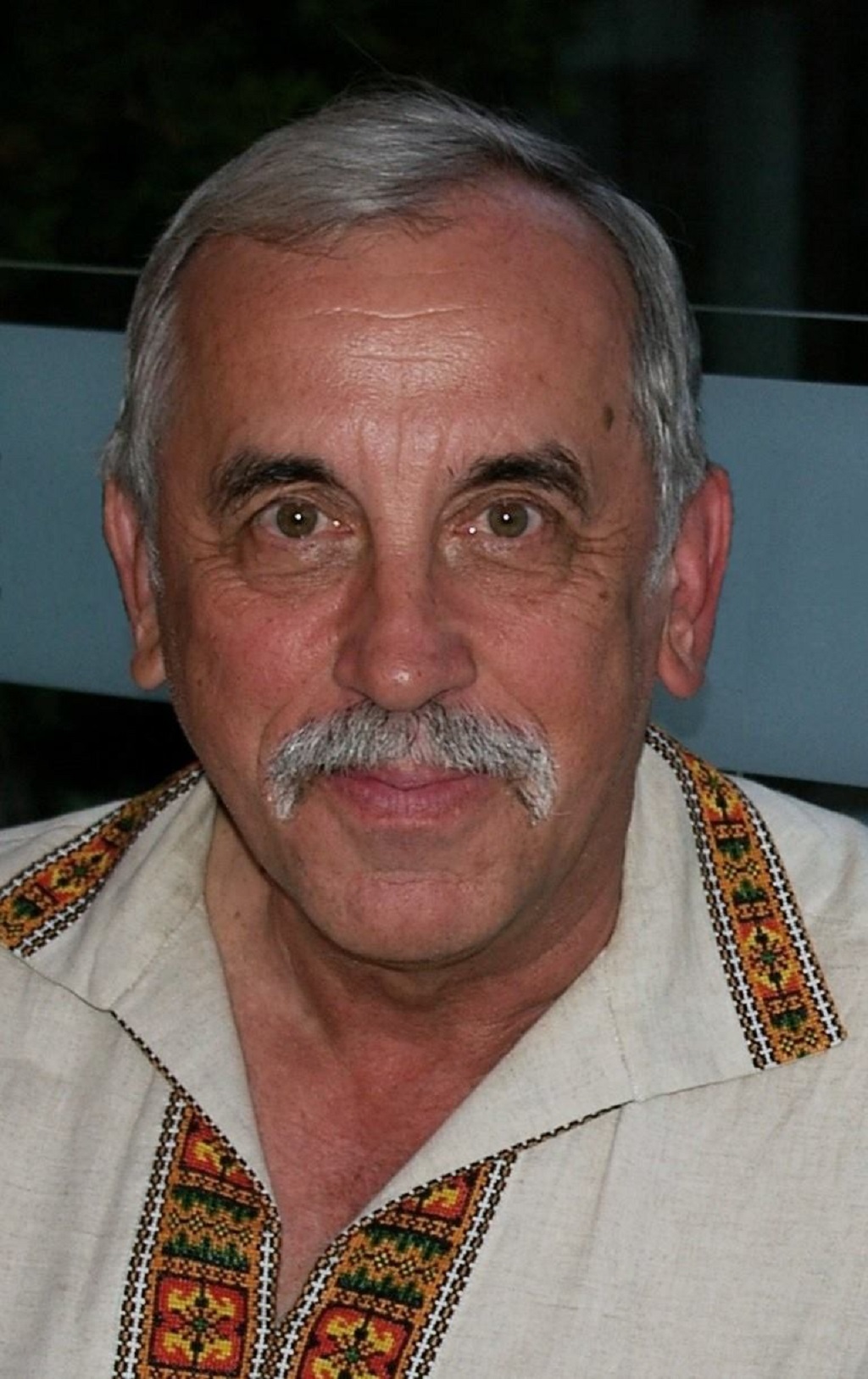Marco Levytsky, Editorial Writer.
Over the past few weeks the Russian Federation has been building up its armed presence along its border with Ukraine. This has sparked considerable alarm not only in Ukraine, but throughout the international community.
Experts vary as to the motives behind this buildup. Some say it’s sabre-rattling on the part of Vladimir Putin, especially as he wants to test the resolve of newly inaugurated President Joe Biden. Others fear much worse, noting that a similar buildup occurred along the Ukrainian border seven years ago when the Kremlin launched its hybrid war in Donbas. Whatever the reason, the world must always be wary of any military actions taken by Putin. Like Hitler and Stalin before him, he has learned to exploit any sign of weakness by democratic countries.
Ukrainian President Volodymyr Zelenskyy has asked for NATO to designate a clear path for Ukraine to enter the alliance. In an April 6 telephone call with NATO Secretary General Jens Stoltenberg, Zelenskyy called on NATO members to pay more attention to security issues in the Black Sea and to strengthen their military presence in the Black Sea region. He also stressed that the most urgent issue in relations with NATO for Ukraine was the possibility of obtaining the NATO Membership Action Plan (MAP). MAP is a NATO program of advice, assistance and practical support tailored to the individual needs of countries wishing to join the Alliance. Countries participating in the MAP submit individual annual national programs on their preparations for possible future membership. These cover political, economic, defence, resource, security and legal aspects. Participation in the MAP helped prepare the seven countries that joined NATO in the second post-Cold War round of enlargement in 2004 (Bulgaria, Estonia, Latvia, Lithuania, Romania, Slovakia and Slovenia) as well as Albania and Croatia, which joined in April 2009. Montenegro, which joined the MAP in December 2009, became a member of the Alliance in June 2017. The Republic of North Macedonia, which had been participating in the MAP since 1999, joined NATO in March 2020. Currently, Bosnia and Herzegovina is participating in the MAP, having been invited to do so in 2010.
That same day Zelenskyy raised the same issue with Canada’s Prime Minister Justin Trudeau. In that telephone conversation, Zelenskyy thanked Trudeau for the cooperation within the Canadian military training mission Unifier and suggested considering the possibility of expanding the training program for the Armed Forces of Ukraine, in particular, increasing the number of Canadian military instructors. He also asked Trudeau to assist Ukraine in getting into the MAP program. “As a special partner of Ukraine, Canada could take the lead among the allies who support a MAP decision for Ukraine. Canada’s assistance will be an important signal of support from true friends,” he stated according to the release provided on the presidential website.
How Trudeau reacted to this request we don’t know. He did not even mention these requests in his own readout of the conversation. When New Pathway – Ukrainian News emailed the Prime Minister’s Office to ask whether Canada would support Ukraine’s entry into MAP and expand operation Unifier, we were given a link to that very same readout.
When we sent a second email pointing out that didn’t answer our questions, we were once again referred to the readout. We also asked the two major national opposition parties for their comment on these questions. Conservative Shadow Foreign Affairs Minister Michael Chong and Shadow Defense Minister James Bezan responded with a joint press release in which they stated: “Conservatives call on the Trudeau government to counter Russia’s threatening moves by increasing support to Ukraine through the supply of military defensive aid and reoffering the use of RADARSAT imaging to assist in the identification of Russian troop movements and equipment.” The New Democratic Deputy Foreign Affairs Critic Heather McPherson responded positively to both questions. “The NDP will continue to strongly support Ukraine’s bid to join the MAP program and we have and will continue to push the government to advocate for this with our NATO allies,” she stated. “Further, the NDP would expand both the scope of Operation Unifier and number of CAF personnel within the program,” added McPherson.
It may be that the Government is hesitant to make any statements publicly, but will advocate for Ukraine’s entry into MAP behind closed doors. In fact, PMO Press Secretary Ann-Clara Vaillancourt hinted at this in responding to our second email. “We don’t have anything to add on the record at this time, I am referring you to our readout,” she said.
That has been the case with past issues and we hope it is the same with this one. There are many good reasons to admit Ukraine into the MAP and the time is right. For one thing, NATO’s two leading members, the United States and the United Kingdom both have a moral obligation to defend Ukraine from Russian aggression. However, while the document refers to assurances, it does not impose a legal obligation of military assistance on its parties. But a moral obligation certainly exists. What’s more should Ukraine be taken over by Russia after voluntarily giving up its nuclear weapons and the USA and UK allow that to happen, that will give a clear signal to North Korea, Iran and every other rogue nation seeking nuclear weapons to go forth and proliferate.
Another reason is that during the 20th NATO summit held in Bucharest in 2008, NATO announced its intention to bring both Ukraine and Georgia into the alliance. “NATO welcomes Ukraine’s and Georgia’s Euro-Atlantic aspirations for membership in NATO. We agreed today that these countries will become members of NATO,” read Article 23 of the official statement.
In the past one of the reasons given for the delay in granting Ukraine MAP status has been that there was not enough popular support in Ukraine for joining NATO. That has changed. On February 7, 2019 Ukraine enshrined its wish to join NATO in the Constitution. Another excuse was that Ukraine has to reform its military. It has been doing so steadily. In November 2019, the High Level Strategic Advisers of the Defense Reform Advisory Board (DRAB) of NATO commended the progress of reforms in Ukraine. Third, Ukraine has participated in more joint NATO exercises than any other non-NATO member. What’s more the MAP provides a strep by step program for reform and upgrading to NATO standards.
Ukraine deserves entry into MAP now. And Canada as Ukraine’s most special foreign partner should take the lead in advocating for Ukraine’s entry into the MAP program as well as enhancing Operation Unifier.
Share on Social Media


